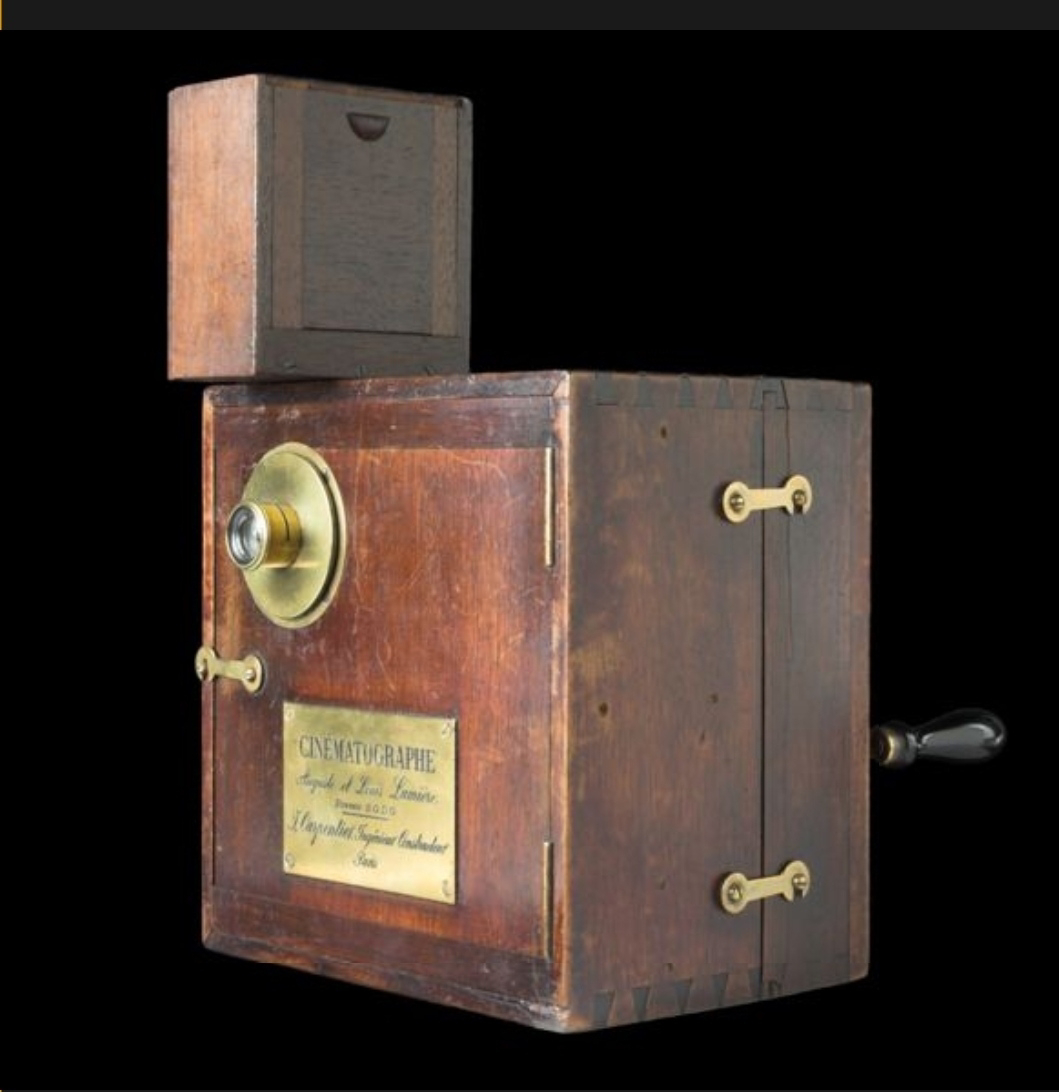Anybody can make history. Only a great man can write it.
OMG HISTORY
A wonderful world it is having a wonderful historical movements there is going . And its have a history i give you see at wonderful. OMG HISTORY 2020
Search This Blog
சென்னை மாதவரம் பாதாள மெட்ரோ பணிக்காக 23ம் தேதி குடிநீர் விநியோகம் நிறுத்தம்
மாதவரம் சுரங்க மெட்ரோ ரயில் நிலையம் கட்டுவதற்கு வசதியாக, மாதவரம் பால் பண்ணையில் இணைப்புப் பணிகள் நடைபெற்று வருவதால், திங்கள்கிழமை காலை 8 மணி முதல் செவ்வாய்கிழமை அதிகாலை 4 மணி வரை சுற்றுவட்டாரப் பகுதிகளில் குழாய் நீர் விநியோகம் இருக்காது.
எனவே, பொதுமக்கள் போதுமான அளவு தண்ணீரை முன்கூட்டியே சேமித்து வைக்குமாறு வாரியம் கேட்டுக் கொண்டுள்ளது.
இந்த பணிகள் குறிப்பிட்ட காலத்திற்குள் முடிக்கப்பட்டு 24ம் தேதி மாலை முதல் இப்பகுதிகளுக்கு சீரான குடிநீர் விநியோகம் செய்யப்படும். எனவே பொதுமக்கள் முன்னெச்சரிக்கையாக வேண்டிய அளவு குடிநீரை சேமித்து வைத்துக் கொள்ளுமாறு அறிவுறுத்தப்படுகிறார்கள்.
OMG HISTORY OF ANGKOR WAT AND THE GREAT KING OF SURYAVARMAN II
The Angkor Wat. This beautiful temple is located on the east coast of Cambodia and was built during the reign of the Khmer dynasty (in November 1969 – in April 1971).
10 ஆம் நூற்றாண்டின் தொடக்கத்தில் தென்கிழக்கு ஆசியாவின் பெரும்பகுதியை பேரரசு கட்டுப்படுத்தியது, ஆனால் வாரிசுக்கான தெளிவற்ற விதிகள் சிக்கலான அரச குடும்ப திருமணங்களின் வலையுடன் இணைந்து நெருக்கடிக்கு வழிவகுத்தது. முந்தைய மன்னரின் பேரனான நான்காம் ஜெயவர்மன், பாரம்பரிய அதிகார மையமான அங்கோரில் தலைவர்களின் ஆட்சிக்கு போட்டியிட்டார். 920 களில், அவர் வடகிழக்கில் சுமார் 75 மைல் தொலைவில் உள்ள கோ கெரில் ஒரு புதிய தலைநகரை அமைத்தார். 944 ஆம் ஆண்டு ஜெயவர்மன் IV இன் மகனும் வாரிசும் கொல்லப்படும் வரை கோ கெர் செழித்து வளர்ந்தார், அடுத்த கெமர் மன்னர் தலைநகரை மீண்டும் அங்கோர் நகருக்கு மாற்றினார்.
 |
அங்கோர் வாட் ஒரு கட்டடக்கலை தலைசிறந்த மற்றும் உலகின் மிகப்பெரிய மத நினைவுச்சின்னமாகும் - இது வாடிகன் நகரத்தின் நான்கு மடங்கு பரப்பளவைக் கொண்டுள்ளது. இது 1110-1150 ஆம் ஆண்டில் 12 ஆம் நூற்றாண்டின் முதல் பாதியில் கெமர் மன்னர் II சூர்யவர்மனால் கட்டப்பட்டது, அங்கோர் வாட் கிட்டத்தட்ட 900 ஆண்டுகள் பழமையானது.
( OMG what a history of tamil King Suryavarman )
OMG great egypt doctors Mummy Homeopathic medicine for mummification in cattle history
Mummy Homeopathic medicine for mummification in cattle
Hippocrates (the "father of medicine"), Herophilos, Erasistratus and later Galen studied at the temple of Amenhotep, and acknowledged the contribution of ancient Egyptian medicine to Greek medicine.
Money across the world
When was money first used ?
Money is a medium of exchange of a certain value , which one cannot consume or utilize directly. Thousands of years ago people exchanged useful items with one another. Later, objects used for exchange, which had a generally known value, were used as the mode of payment.Whene requirement of exchange increased, the first coins were made, later followed by paper money. Banks took over the money business. They lent money or printed bank notes during a strong inflation.
Who invented paper money ?
OMG HISTORY OF TITANOBOA
The giant snake’s measurements even tell us something about the climate of this ancient world. Snakes are cold-blooded. Their body temperature, and therefore their metabolism, depends on their surroundings, which slaps an upper limit onto the evolution of giants. At any given temperature, a snake can only become so large before its metabolic rate becomes too low to support . If Titanoboa was bigger than living species, its environment must have been much hotter.
Referring to :(National Geographic) and (Smithsonian MAGAZINE)
OMG HISTORY OF CINEMA
-
Who built the first network of roads? The first network of roads was built by the Romans who were experts in road building.More ...
-
What is a mummy? The Egyptians believed that after death, the soul would wander in the world. for this reason, the dead body must be mainta...
-
Why use calendar in Stone Age? Stone Age communal leaders – potentially including Shamans – may also have used the calendar to givethemselve...


























